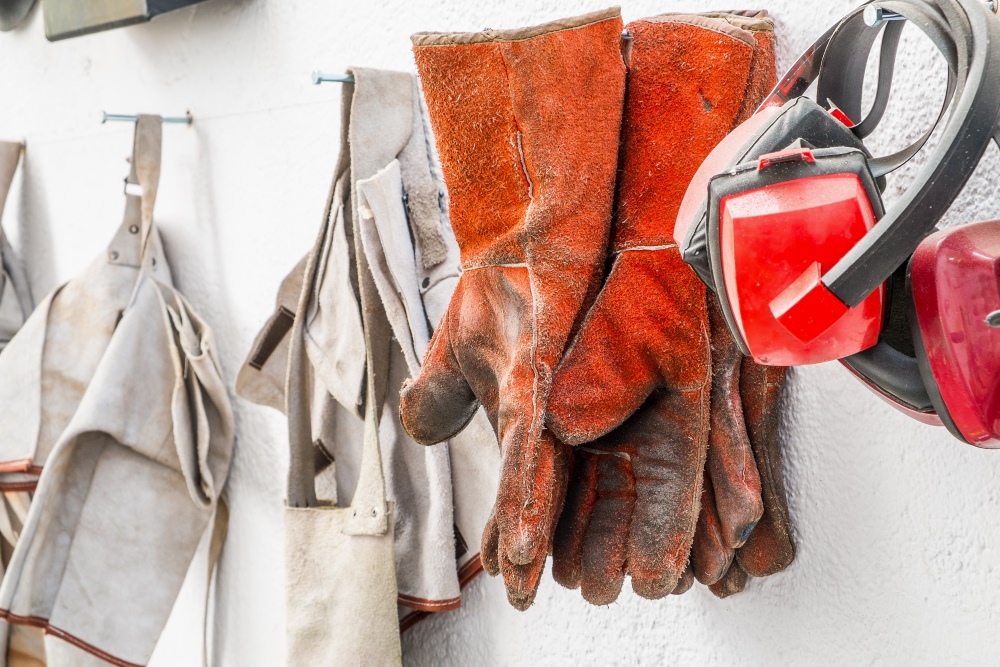How To Choose Workplace Safety Gloves
There is a wide variety of workplace safety gloves used as personal protective equipment (PPE) on the job. Even within the same industry or at one place of business, workers may need several types and/or grades of gloves. Luckily, suppliers have hundreds, if not thousands, of different gloves in order to satisfy practically every application’s safety requirements. Keep in mind that workers need to be trained to use the right gloves and to use them properly; for example: avoiding hazards such as entanglement in machinery.
Choosing Workplace Safety Gloves For Your Industry
When choosing the proper workplace safety gloves for a task, consider the following types:
Surgical/Exam: When worn and disposed of properly, these gloves protect from exposure to blood or bodily fluid in a medical or first aid setting. They may also provide limited protection from chemical splash or contact, depending on the type of glove material, chemical, and the time of contact. Best practices dictate immediate replacement of exam gloves following chemical contact.
Electrical Insulating: These gloves are designed to protect employees qualified under OSHA 1910.269 when working within the Minimum Safe Approach Distance (MSAD) of exposed energized conductors. Gloves must be tested for defects and removed from service when beyond their service life. Non-qualified workers should not attempt any work within the MSAD of live circuits.
Leather: Designed for welding or for other general purposes, welder’s gloves have gauntlet cuffs that cover the workers’ sleeves to prevent the trapping of welding spatter.
Cut-Resistant: Depending on the level of hazard and the type of work environment, options include stainless steel mesh, Kevlar Fabric, and other materials for lighter weight cut resistance. Stainless steel mesh is often used for food contact since it can be cleaned and sanitized easily.
Chemical Resistant: These gloves are made from many different materials and include different cuffs, lengths, and thicknesses. Be sure to choose your gloves based on the chemical resistance to the substance you will be using and the job conditions. Consult the safety data sheet (SDS) for the chemical in use for the appropriate glove material.
Heat Resistant: Many general purpose gloves will provide heat protection, especially gloves made with a woven padding or exterior. For extensive work with hot material or for temperature extremes as with foundry work, specialized gloves may be necessary to prevent burns.
Cold Resistant: Many types of gloves will also provide some protection against the cold, but it is important to consider the type of work. Work in a freezer is much different from work outside. Be sure to use waterproof gloves for any job where the worker’s hands can get wet. For heavy work that can damage the gloves, be sure to have extra gloves available.
A common question from employers and employees is, who has to pay for workplace safety gloves and other PPE? In most cases, the employer is required to pay for PPE needed on the job, even if a labor contract says otherwise. The few exceptions to the OSHA rule include ordinary prescription safety eyewear, ordinary steel-toe boots, and ordinary or weather-related clothing and gear which OSHA expects workers to supply on their own.
Protect your employees and protect your company. Provide the right workplace safety gloves and PPE, make sure it’s used, and make sure it’s used properly!








